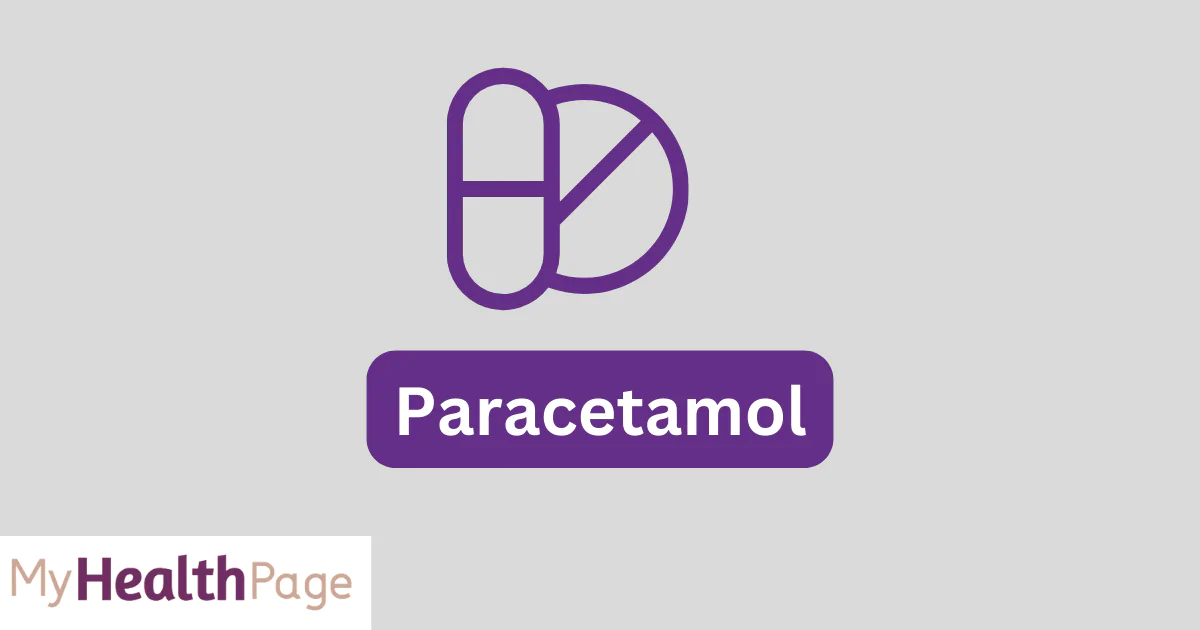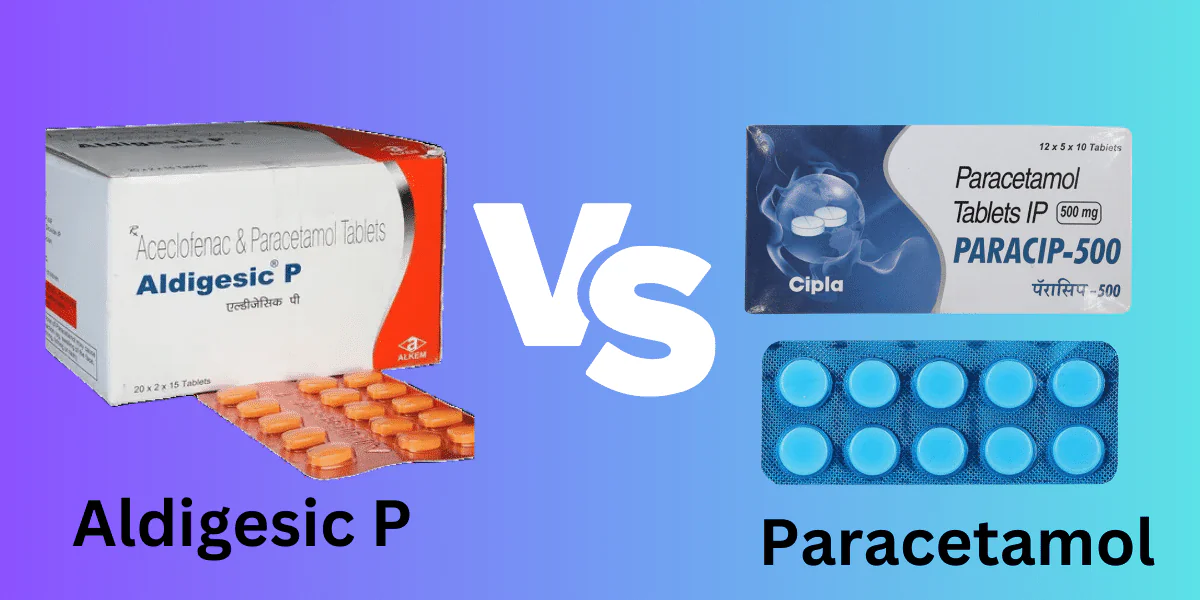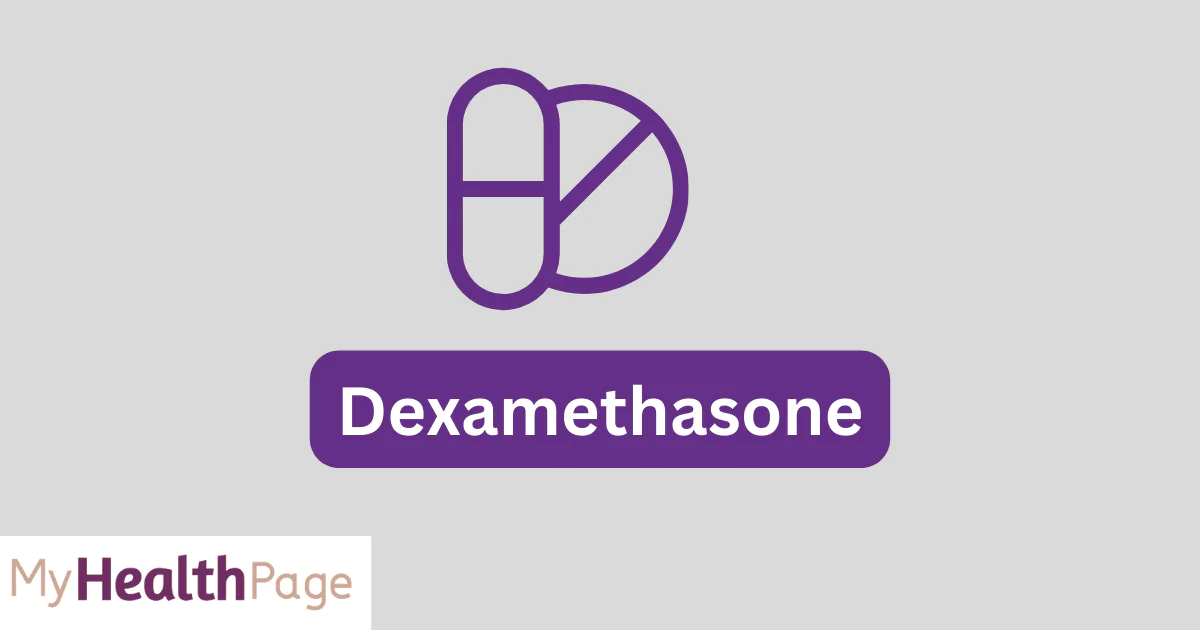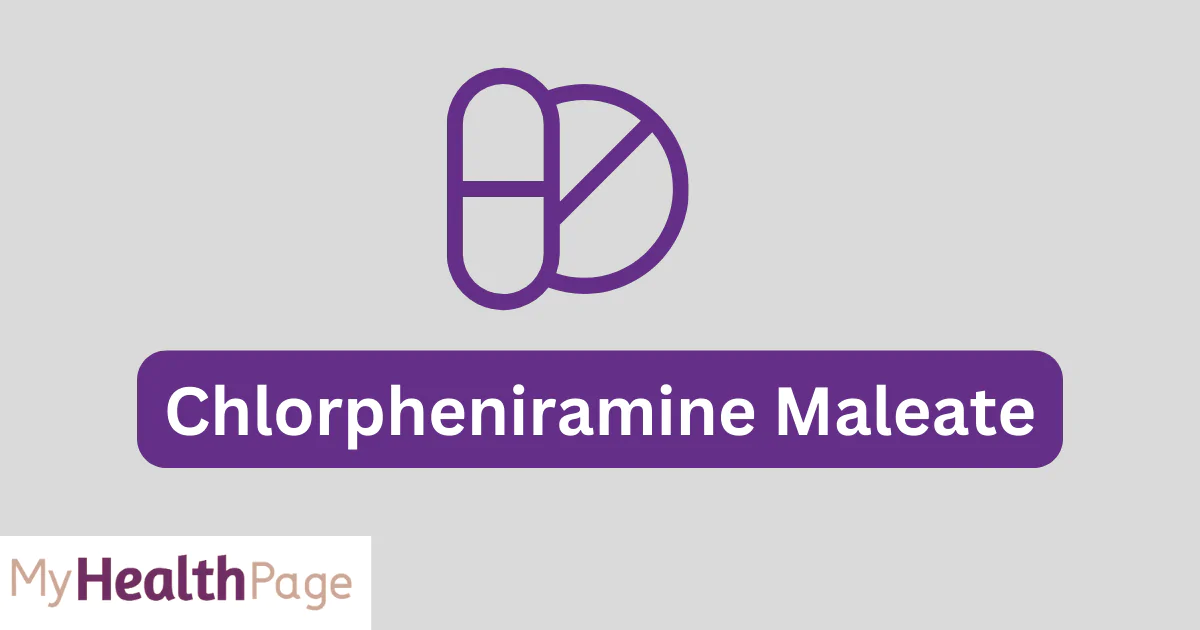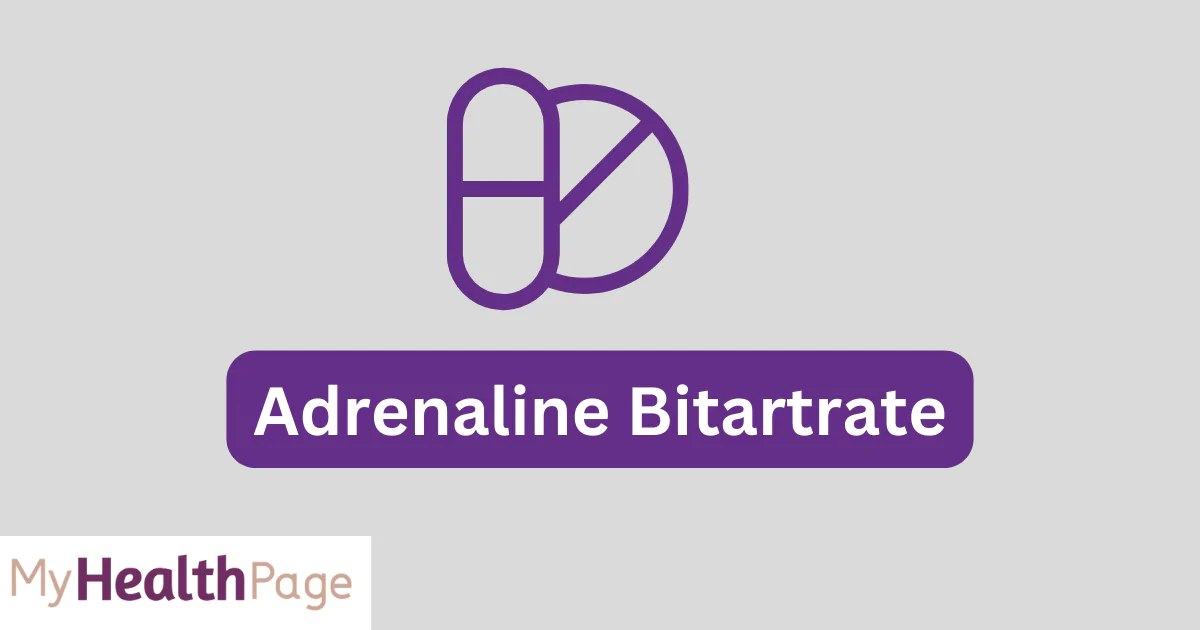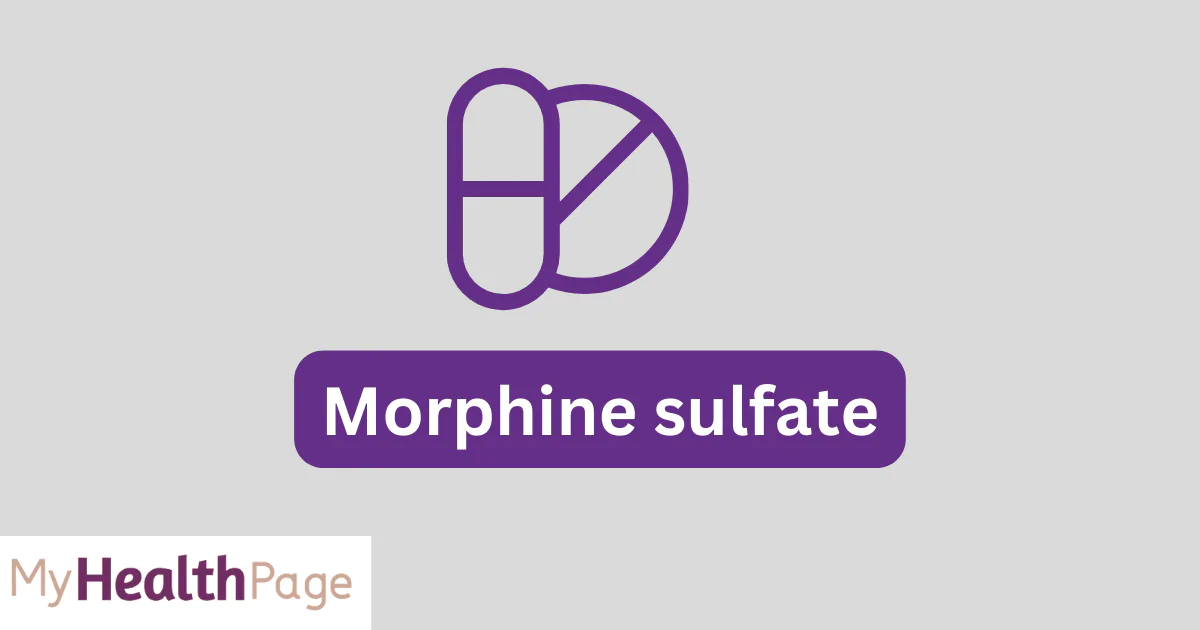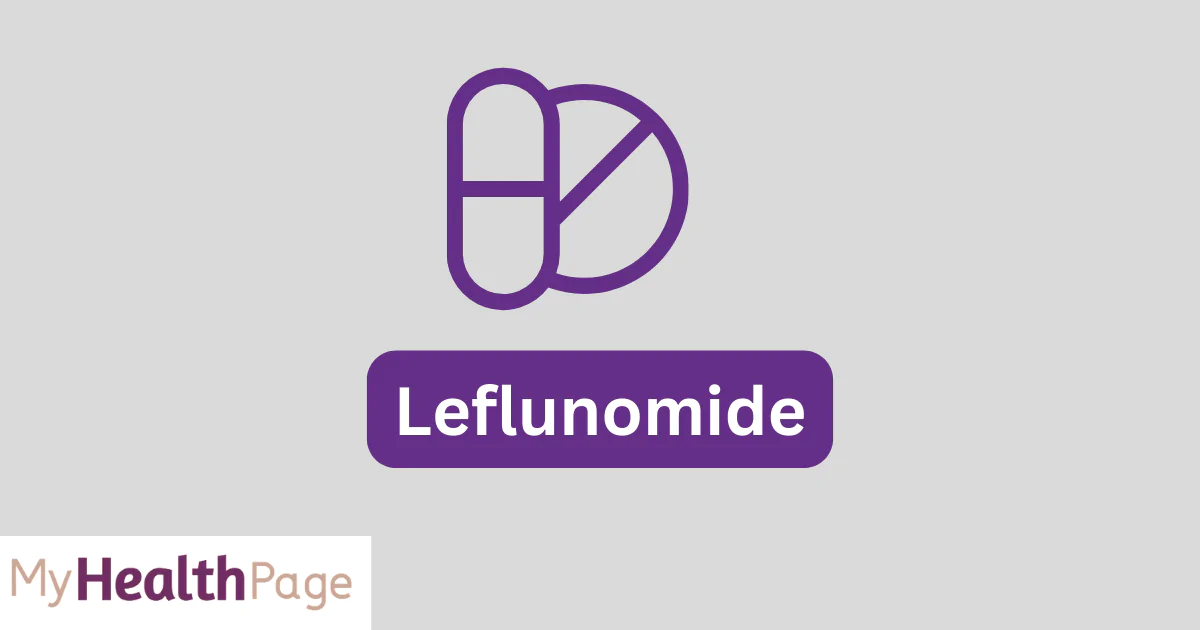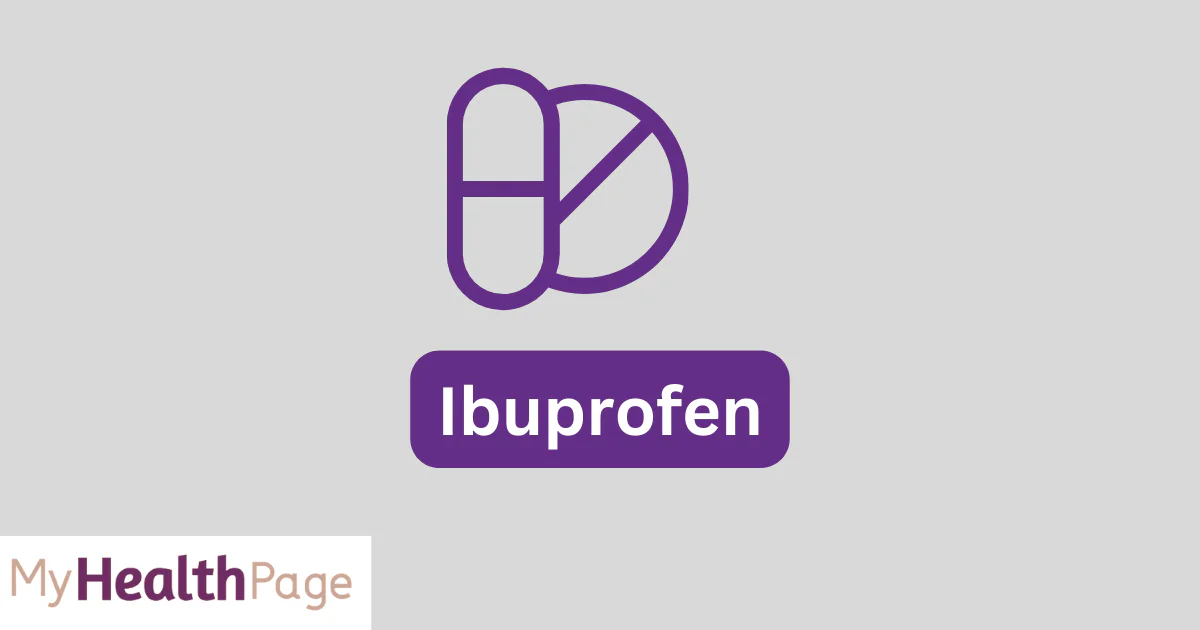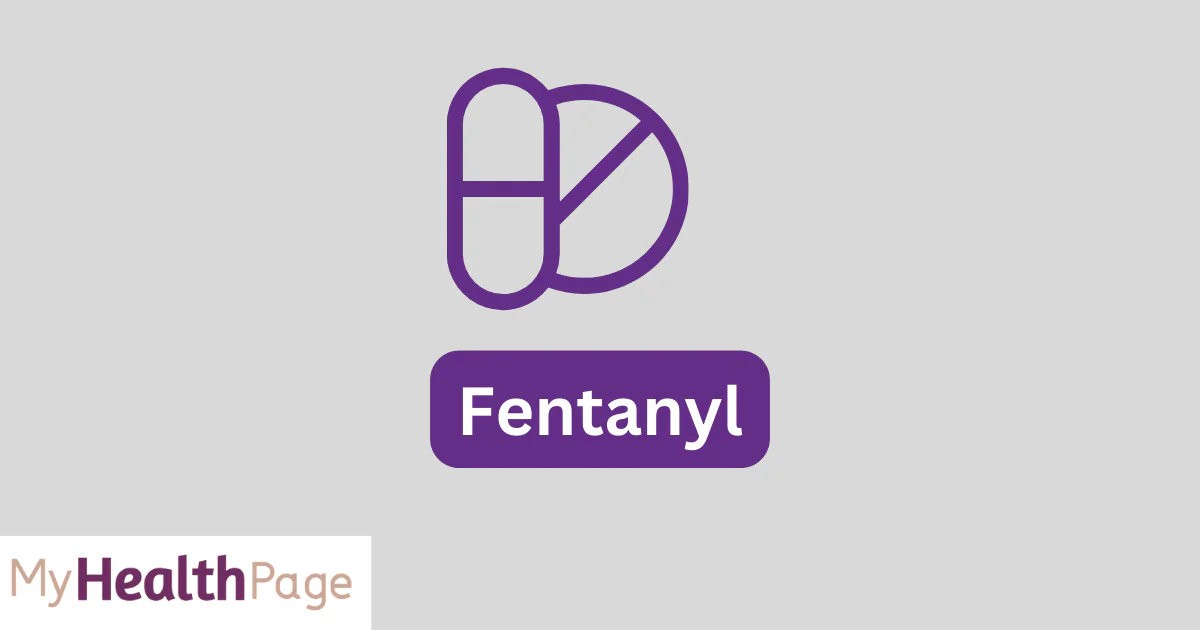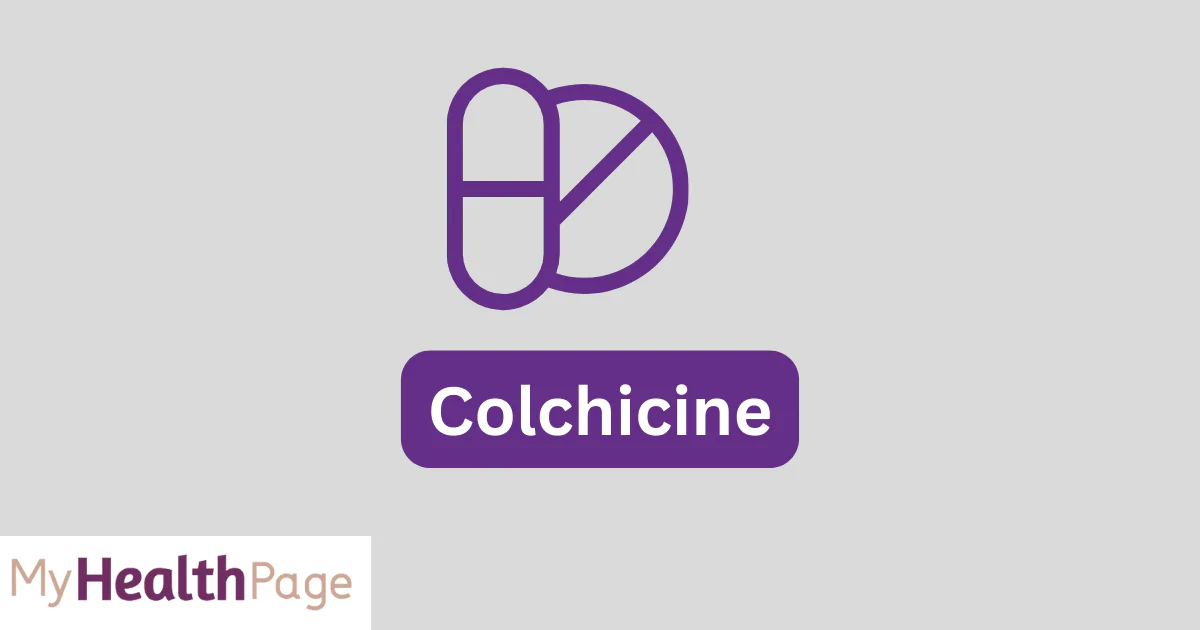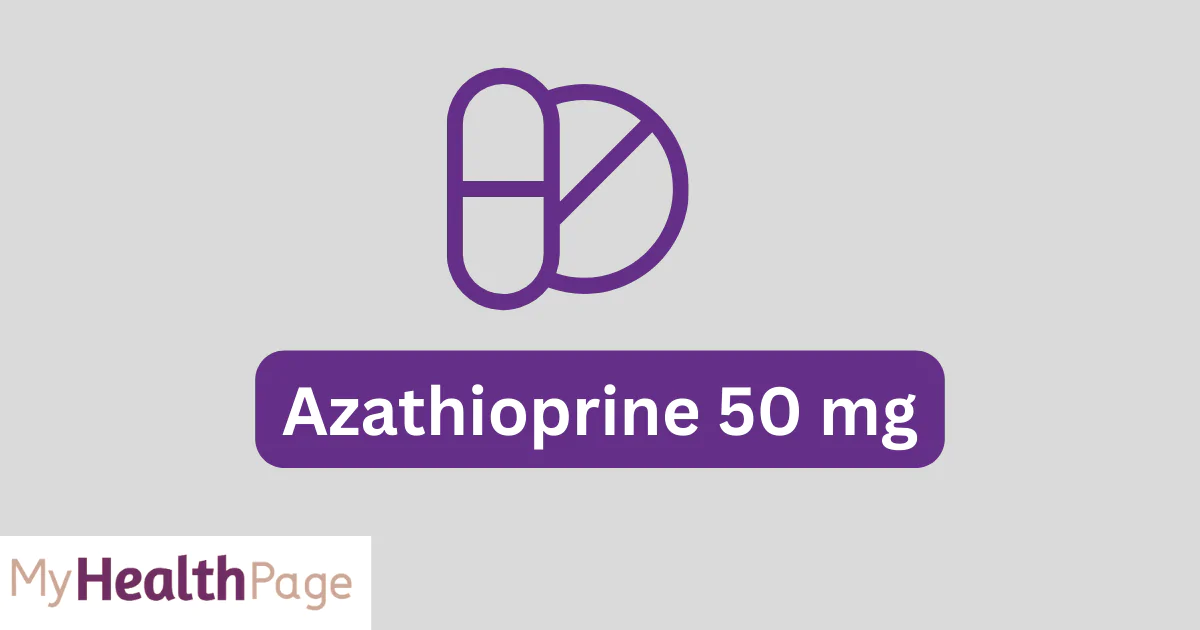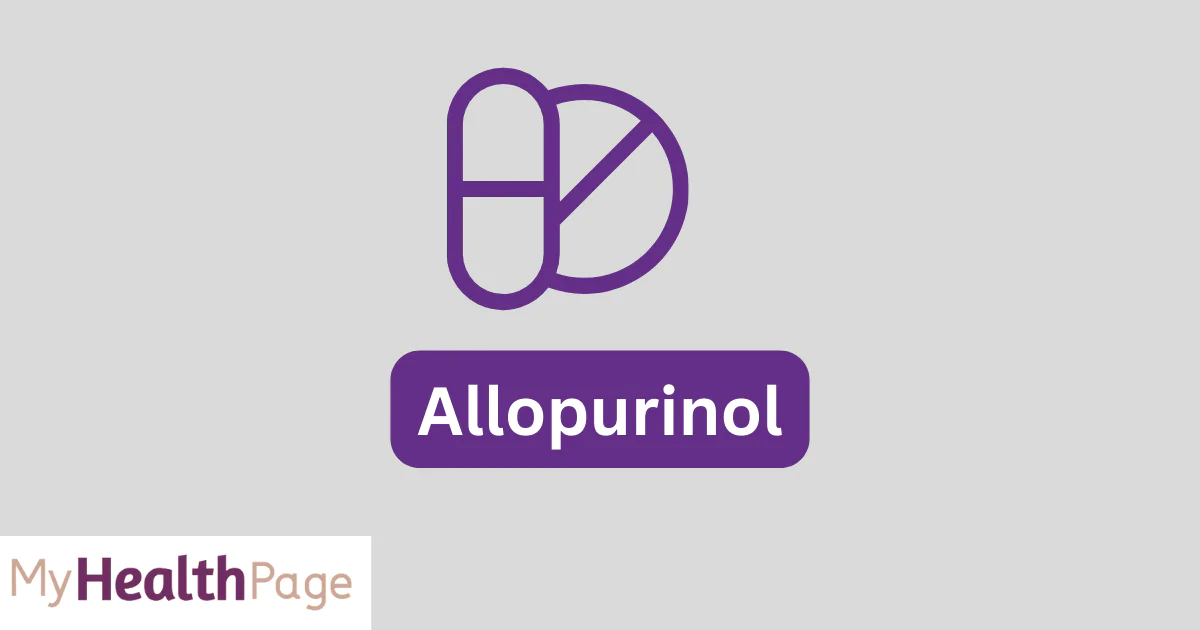Paracetamol, also known globally as acetaminophen, holds a crucial position in both the global and Indian pharmacological landscapes as a primary analgesic (pain reliever) and antipyretic (fever reducer). Its widespread acceptance is underscored by the World Health Organization’s endorsement for patients of all ages, recommending adult dosages that range from 1000 mg per single dose up to a maximum of 4000 mg per day. Despite its profile as one of the safest over-the-counter (OTC) medications, the risk of hepatic injury linked to paracetamol is a significant concern that often goes underappreciated.
Mechanism of Action
The exact mechanism by which paracetamol exerts its effects is not fully understood. However, it is believed to involve inhibition of the cyclooxygenase (COX) enzymes in the brain, which are involved in prostaglandin synthesis. Unlike NSAIDs, paracetamol does not significantly inhibit COX enzymes in peripheral tissues, which explains its lack of anti-inflammatory effects. This selective action within the central nervous system may contribute to its analgesic and antipyretic properties.
Indications
Paracetamol is indicated for:
- Relief of mild to moderate pain, such as headaches, osteoarthritis, menstrual cramps, and postoperative pain.
- Reduction of fever in various conditions, from common infectious diseases like the common cold and influenza to post-immunization reactions.
Dosage and Administration
The recommended dosage of paracetamol varies by age and weight, particularly in children. For adults, the typical oral dose is 500 mg to 1000 mg every 4 to 6 hours, with a maximum daily dose of 4000 mg to avoid the risk of hepatotoxicity. It’s available in various forms, including tablets, capsules, liquid suspensions, and intravenous formulations.
Safety and Side Effects
Paracetamol is generally well-tolerated when used at recommended doses. However, overdose can lead to severe liver damage (hepatotoxicity), potentially resulting in acute liver failure. Risk factors for hepatotoxicity include chronic alcohol use, existing liver disease, and overdose. Symptoms of overdose may include nausea, vomiting, sweating, and general malaise, progressing to liver failure and death if not treated promptly.
Drug Interactions
Paracetamol can interact with various medications, enhancing their effects or increasing the risk of adverse reactions. For instance, chronic use with warfarin can increase the risk of bleeding, and concurrent use with other hepatotoxic drugs should be monitored closely.
Contraindications
Patients with known hypersensitivity to paracetamol, severe liver disease, or a history of alcoholism should use paracetamol with caution or avoid it altogether.
Monitoring
For long-term use or at higher doses, liver function tests may be recommended to monitor for potential hepatotoxicity. Additionally, it’s important for patients to be educated on the risks of overdose and the importance of adhering to recommended dosages, especially when using multiple products containing paracetamol.
Read more : Morphine Sulfate: Comprehensive Guide for Pain Management
Disclaimer : The information provided on myhealthpage.in is not a substitute for professional medical advice, diagnosis, or treatment. If you have any questions or concerns about your health, please consult with a licensed physician or other qualified healthcare provider.

